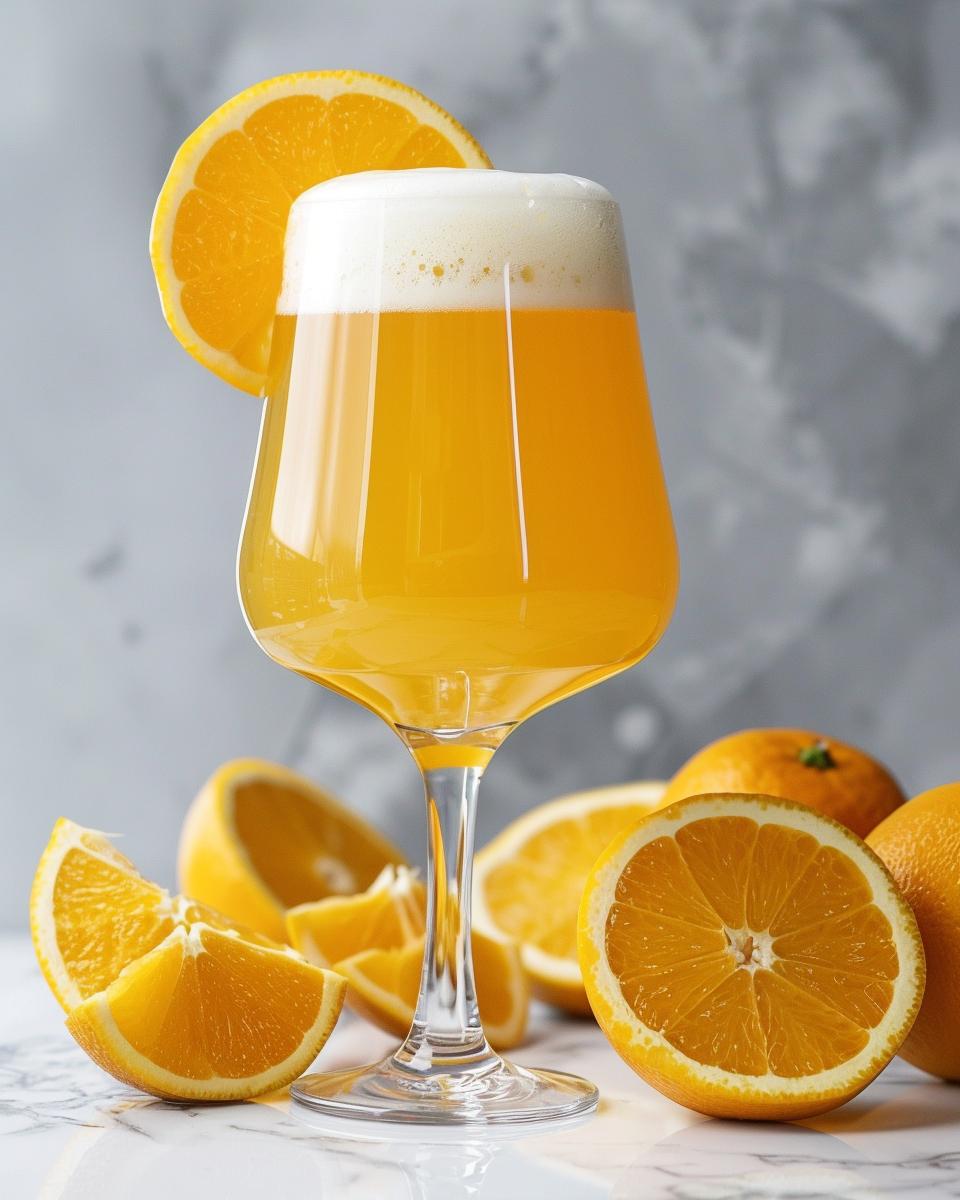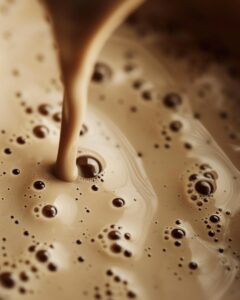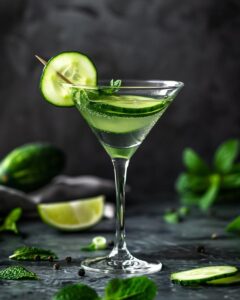Hazy Pale Ale Recipe Secrets: Brew Like a Pro!
Ever wondered what makes a hazy pale ale so irresistibly cloudy and flavorful? You’re not alone. Crafting the perfect hazy pale ale recipe can seem like a guarded secret among brewing elites. But fear not, aspiring brewmaster! We’re peeling back the curtain to reveal the techniques and ingredients that will elevate your brew from amateur to awe-inspiring. Whether you’re a homebrew hobbyist or aiming for professional accolades, these insights will guide you to perfection.
- Unlocking the secrets to the perfect haze
- Choosing the right ingredients for a flavor explosion
- Step-by-step brewing process
- Tips to ensure consistency in every batch
However, before we dive into the nitty-gritty of concocting your hazy masterpiece, let’s set the stage. Understanding the basics of what defines a hazy pale ale is crucial. From there, we’ll explore the pivotal role of hops, the magic of malt selection, and the yeast strains that can make or break your brew. Additionally, we’ll touch on the importance of water chemistry and fermentation techniques that contribute to that sought-after haze and mouthwatering taste.
Unfortunately, we don’t have any related posts that align exactly with the theme of hazy pale ale recipes. Nevertheless, this guide promises to be your comprehensive resource, equipping you with the knowledge and confidence to brew like a pro. So, let’s get started and unlock the secrets to crafting your best hazy pale ale yet!
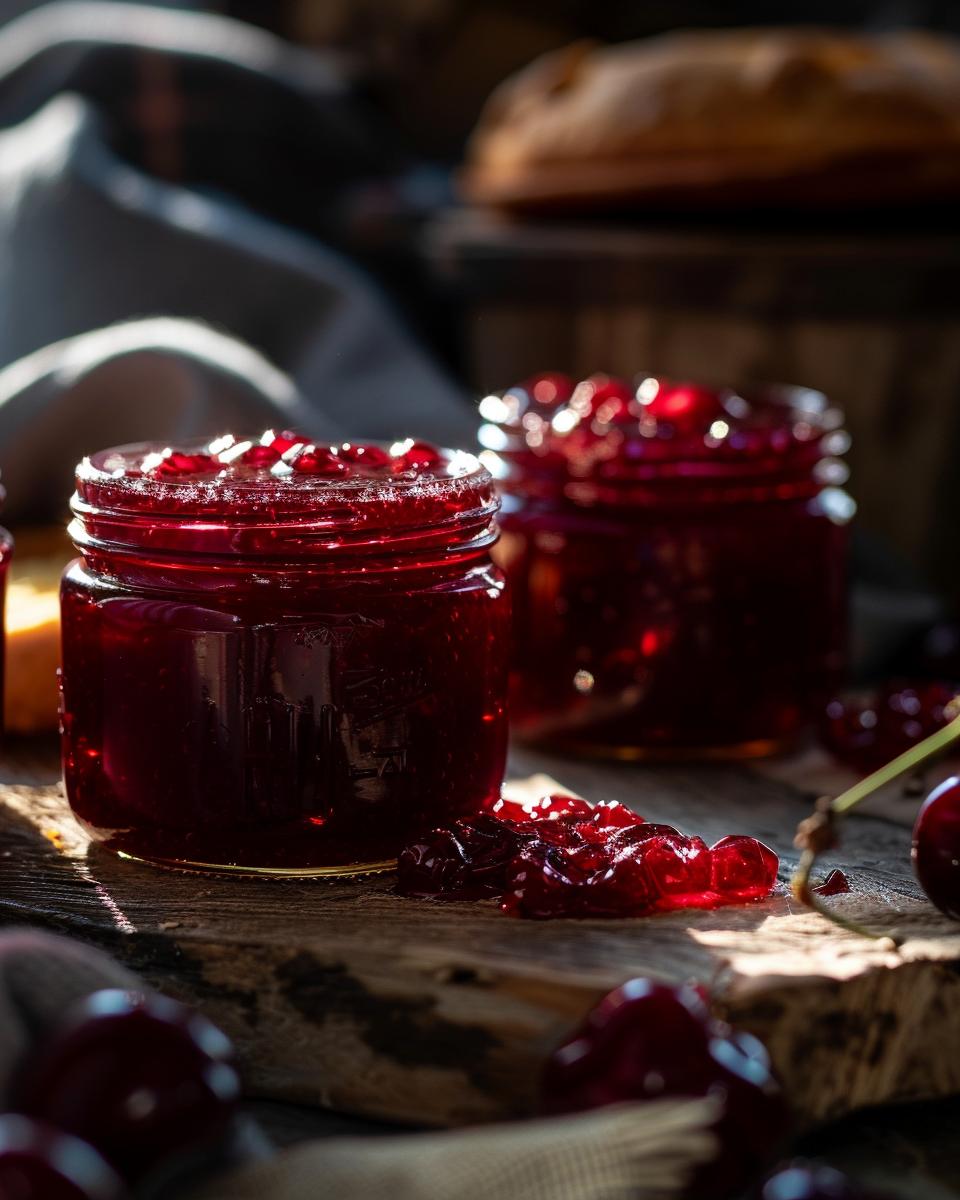
Who Can Brew a Hazy Pale Ale: Understanding the Basics
So, who exactly can take on the challenge of brewing a hazy pale ale? The answer is simple: anyone passionate about homebrewing, from novices to the more experienced. However, understanding the basics and having the right equipment are key to success. Now, let’s break down what it really takes to craft a delicious hazy IPA.
Is Brewing a Hazy Pale Ale Difficult?
At first glance, brewing a hazy pale ale might seem daunting. Yet, with the right hazy pale ale recipe or an easy hazy IPA recipe all grain, it’s entirely achievable. The process does require attention to detail, especially when it comes to selecting ingredients that contribute to its signature cloudy appearance and juicy flavor profile. Fear not, though; with practice and patience, even beginners can master this style.
To get started, you’ll need some essential equipment:
- A good quality brewing kettle
- A fermentation vessel
- Hydrometer for measuring alcohol content
- A thermometer
- Cleaning and sanitizing supplies
For those just dipping their toes into the world of homebrewing, considering a hazy IPA homebrew kit might be a wise choice. These kits usually come with pre-measured ingredients and a step-by-step guide, making the brewing process more approachable for beginners.
Now, you may wonder, where do I find these recipes or kits? A wealth of resources is available online. From comprehensive guides on sites like Brew Cabin to specialized homebrew forums, the community is vast and incredibly supportive. Additionally, homebrew supply stores often offer a selection of ingredients and equipment tailored to brewing hazy IPAs.
In conclusion, brewing a hazy pale ale is within reach for homebrewers at any skill level. With the right recipe, essential equipment, and a dash of creativity, you can produce a brew that stands toe-to-toe with commercial examples. So why not give it a try? Your perfect hazy pale ale might just be a brew day away.
Gathering Your Ingredients: What You’ll Need
Now that we’ve covered the equipment, let’s dive into the heart of our brew: the ingredients. Choosing the right components is crucial for crafting the perfect hazy IPA. The right mix will not only flavor your brew but also give it that signature cloudiness we all love. Ready to get started?
Essential Ingredients for Your Brew
First up, let’s talk grains. For a hazy pale ale all grain recipe, you’ll want a mix that includes:
- 2-row pale malt
- Flaked oats
- Wheat malt
If you’re leaning towards a hazy pale ale extract recipe, look for:
- Light dry malt extract (DME)
- Wheat dry extract
Now, for the hops. They’re not just for bitterness; they’re key for flavor and haze. Consider these varieties:
- Citra
- Mosaic
- Amarillo
Lastly, yeast plays a pivotal role. For the best hazy IPA ingredients, go with:
- American Ale Yeast (Wyeast 1056 or Safale US-05)
So, why these ingredients? Well, the combination of grains ensures a smooth, creamy texture. Meanwhile, hops like Citra and Mosaic bring tropical, fruity notes that define many hazy IPAs. And the right yeast? It’s all about fermentation, adding to the haze and flavor profile. Together, these components create a brew that’s as delightful to look at as it is to drink. Ready to start brewing?
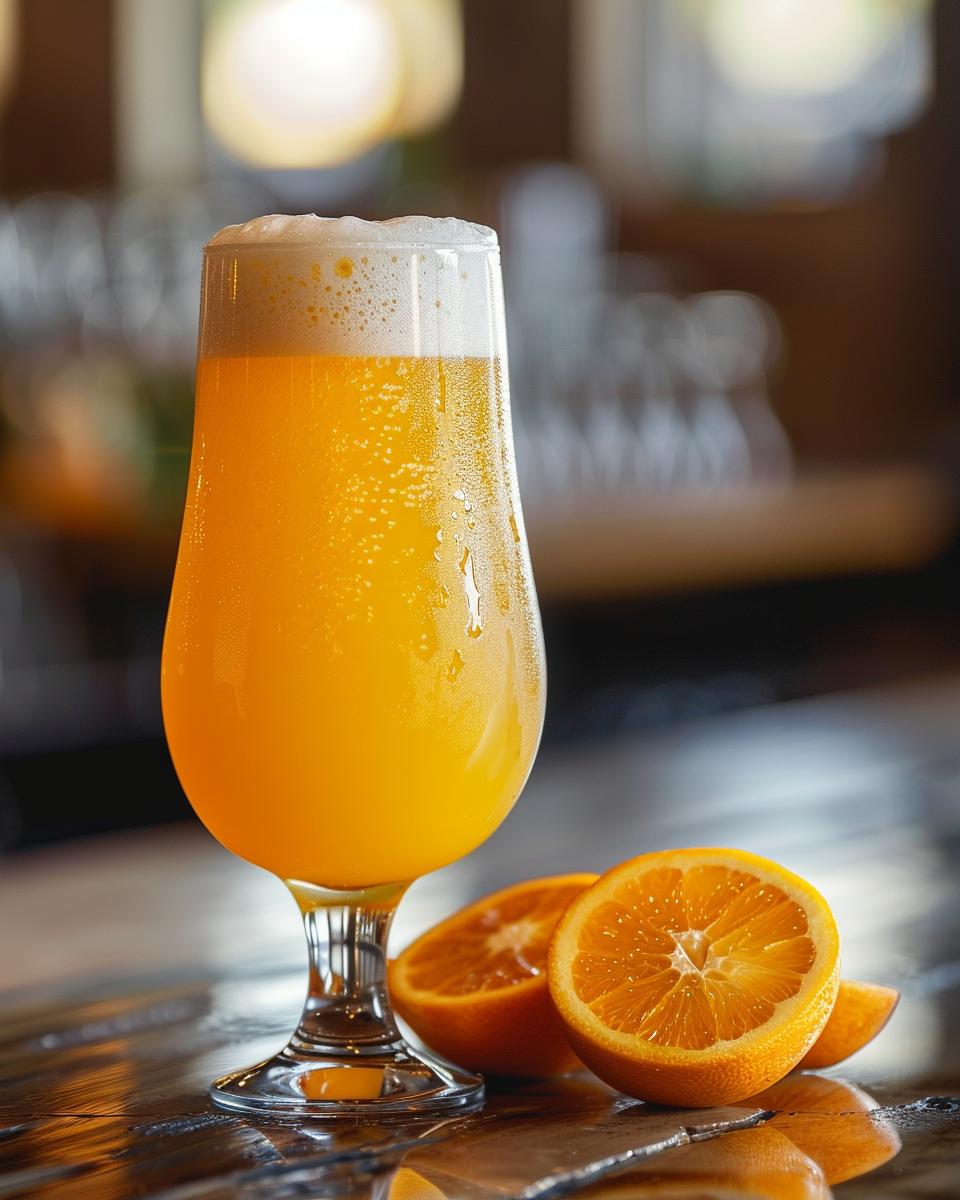
Brewing Step by Step: From Preparation to Fermentation
Now that we’ve got our ingredients ready, let’s dive into the magical process of turning them into a delicious hazy IPA. Ever wondered how those juicy, tropical flavors get into your glass? Well, it all starts with the mashing process. This is where the magic begins, and I’m here to guide you through each step, ensuring your brewing day goes smoothly.
Mashing: Extracting Those Sweet, Sweet Sugars
First up, we’re tackling the mashing process. You’ll want to heat your water to the right temperature before adding your grains. This is crucial for our New England IPA recipe all grain. The goal here is to activate enzymes in the malt, which convert the starches into fermentable sugars. A good rule of thumb is to aim for a mash temperature of around 152°F (67°C) and hold it there for about 60 minutes. This step is essential for creating a tropical hazy IPA recipe that’s both flavorful and aromatic.
Next, we bring the mash to a boil and start the hopping process. This is where you can get creative with your hazy IPA grain bill recipe. Adding hops early in the boil contributes to the bitterness, while late additions are all about aroma and flavor. For that signature hazy IPA character, focus on late hop additions and consider using hops with tropical or citrusy profiles.
Finally, it’s time for fermentation. Pitch your yeast once the wort is cooled to the right temperature. A tip for achieving the perfect haze and mouthfeel is to use a yeast strain known for its low flocculation. This means the yeast won’t settle completely, leaving behind that sought-after haziness. Keep the fermentation temperature steady, and in about two weeks, you’ll be ready to taste your very own hazy masterpiece.
Remember, brewing is part art, part science. Don’t be afraid to experiment with different hops and grains until you find your perfect match. Happy brewing!
Serving and Storing Your Hazy IPA: Best Practices
Now that we’ve walked through the steps of making a delicious Hazy IPA, let’s dive into the equally important aspects of serving and storing it. Whether you’re a brewing newbie or a seasoned pro, these tips will ensure your brew is enjoyed at its best. So, how do we transition from brewing to serving and storing?
First, remember the mashing process is crucial for extracting sugars from grains, which feeds the fermentation. Then, boiling and adding hops not only adds bitterness but also layers of flavor and aroma. And, of course, fermentation is where the magic happens, turning your brew into the perfect hazy IPA. But what comes next?
Storing Homebrew Hazy IPA: Kegging vs Bottling
When it comes to storing your homebrew, you have two main options: kegging or bottling. Kegging might be an upfront investment, but it’s a game-changer for serving hazy IPA at its freshest. Plus, it makes sharing with friends a breeze. On the other hand, bottling is more accessible and offers the classic joy of popping open a bottle of your own brew. Whichever method you choose, ensure your hazy IPA is stored cool and dark to maintain its flavor and freshness.
And when it’s time to serve? Chill your hazy IPA to the perfect temperature. This enhances its unique flavors and aromas, making each sip a delightful experience. Remember, serving hazy IPA is not just about pouring a drink; it’s about sharing the fruit of your labor and passion for brewing.
In conclusion, whether you’re kegging or bottling, the key to enjoying your homebrewed hazy IPA lies in proper storing and serving. Follow these best practices, and you’re sure to impress both yourself and your guests. Cheers to your brewing success!
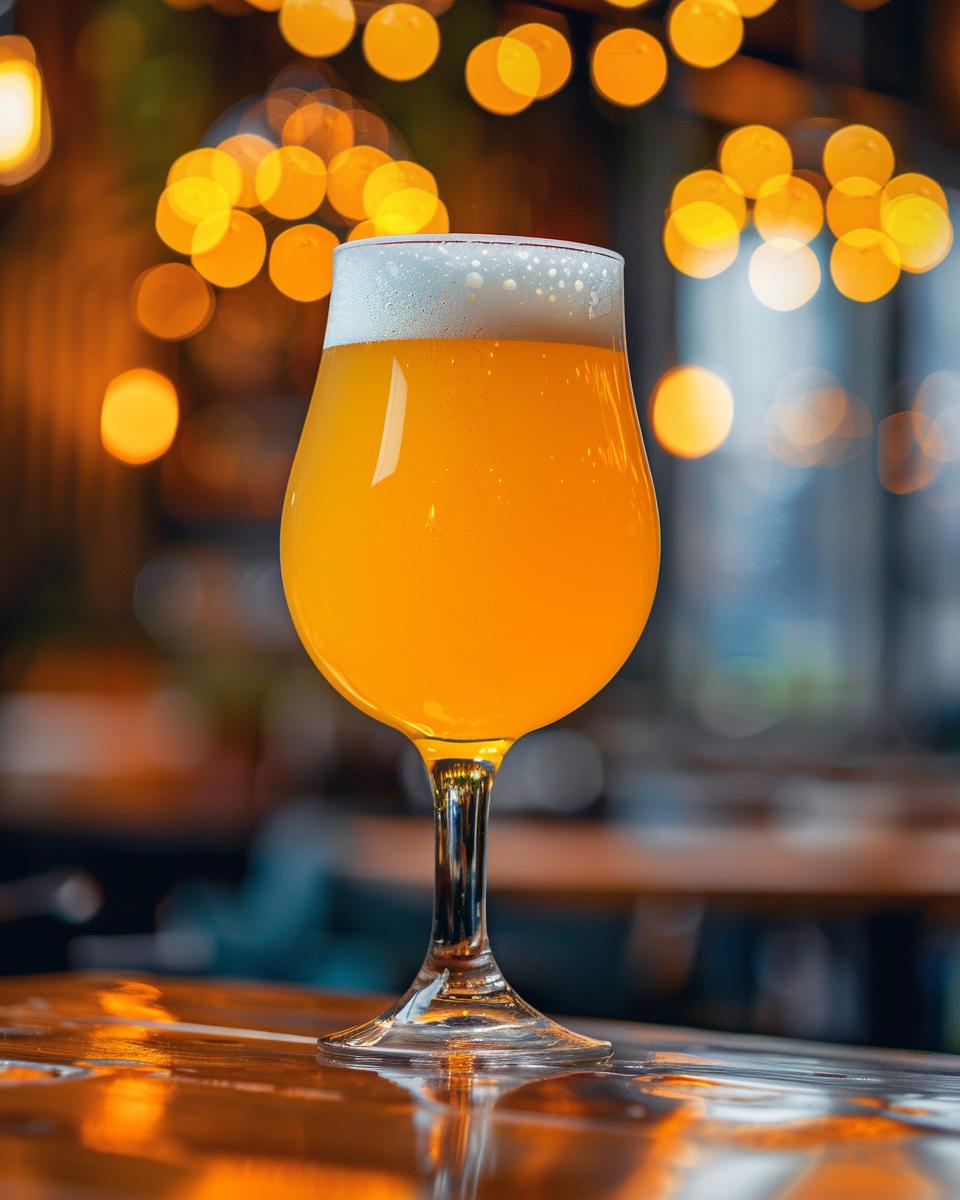
Pro Tip: Enhancing Your Hazy Pale Ale Recipe
- Firstly, focus on water chemistry to improve mouthfeel and haze stability.
- Secondly, use oats or wheat to add body and enhance haziness.
- Additionally, dry hop during fermentation to boost aroma without increasing bitterness.
- Moreover, keep fermentation temperatures steady to promote yeast performance.
- Also, opt for low flocculating yeast strains to maintain the characteristic haze.
- Finally, avoid over-filtering; clarity is not the goal in a hazy IPA.
FAQ: Troubleshooting Your Homebrew
After diving deep into the pro tips, you might still have questions about perfecting your hazy IPA. Let’s tackle some of the most common queries together, ensuring your brewing journey is as smooth as your beer should be.
Popular Questions on Making Hazy IPA
1. What ingredient substitutions can I make for a varied flavor profile or if I can’t find specific hops?
For those looking to tweak their hazy IPA or find themselves short on specific hops, fear not. Exploring ingredient replacement options for hazy IPA can be a game-changer. Consider using Citra or Mosaic hops for a juicy, tropical flavor, or experiment with Amarillo for a more citrusy punch. The key is to balance bitterness with the juicy, fruit-forward profile that defines a New England IPA.
2. Any money-saving tips for homebrewing hazy IPAs?
Yes, indeed! When it comes to money savings options for homebrew, buying ingredients in bulk can significantly reduce costs. Also, consider reusing yeast from previous batches. It’s not only cost-effective but can also introduce interesting variations to your brews.
3. Can you recommend an easy New England IPA recipe?
Starting with an easy New England IPA recipe is a great way to dive into brewing hazy IPAs. Websites like Cascade Homebrew offer fantastic recipes that are perfect for beginners. Look for recipes with a simple malt bill and a focus on late addition and dry hopping to achieve that signature haze and juicy flavor profile.
Additional Tips for Perfecting the Hazy IPA Brewing Process
Remember, controlling fermentation temperature is crucial for developing the right flavor and haze. Too warm, and you risk unwanted off-flavors; too cool, and your yeast may not fully express the desired esters. Experimentation and patience are your best friends in the quest to brew the perfect hazy IPA.

